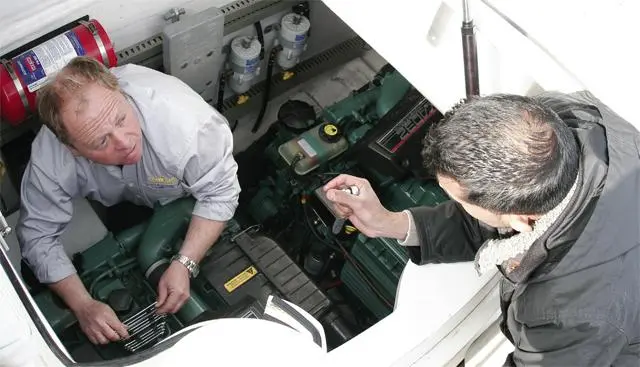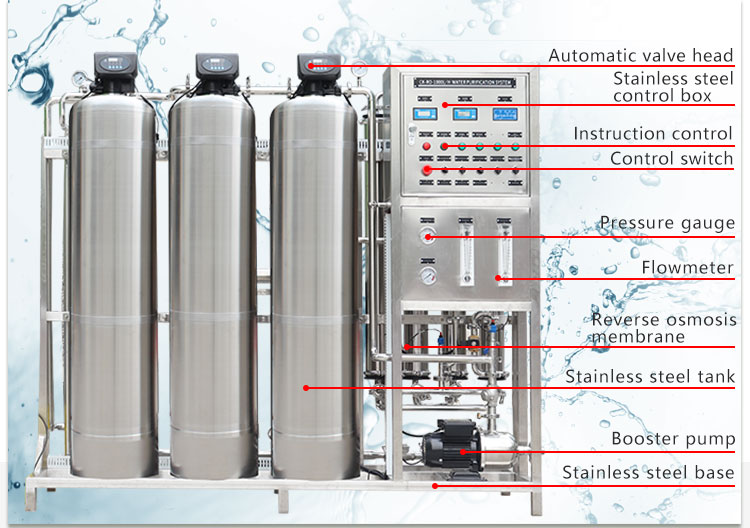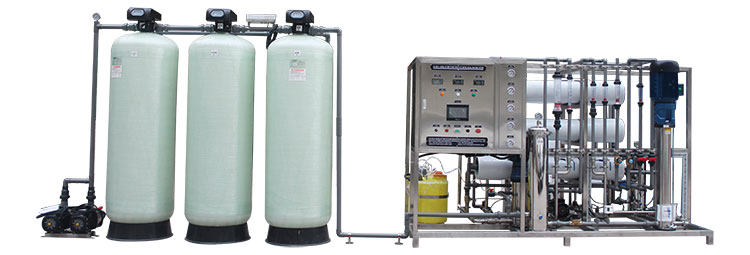- Commercial Reverse Osmosis Water Treatment Systems
- Industrial Reverse Osmosis Water Treatment Systems
- Ultrafiltration UF Water Treatment Systems
- Ion Exchange Water Treatment System
- Containerized Water Treatment Systems
- Customized Water Treatment System
- Bottle Water Filling Line
- Water Mechanical Micron Filters
- Stainless Steel Water Treatment Equipments
- Water Treatment Parts
- Water Sterilization
Is the installation of reverse osmosis ro water filters complicated?
The installation complexity of reverse osmosis water filters depends on the specific system design and installation environment, as well as individual technical level. Generally speaking, the installation of reverse osmosis water filters may be relatively complex as it involves multiple components of the water quality treatment system. Here are some possible installation steps and related factors that may be involved:
Installation steps:
Choose installation location: Choose an appropriate location to install the reverse osmosis water filter system, usually installed in the kitchen cabinet or bottom cabinet, close to the water source.
Prepare installation tools: Basic installation tools such as screwdrivers, wrenches, pliers, etc., as well as special tools that may be required, depending on the system model and brand.

Connect to water source: Connect the reverse osmosis system to the household water source. This may involve connecting to cold water pipes and may require some pipe connections.
Installing pre-treatment components: If the system includes pre-treatment components such as coarse filters and activated carbon filters, these components need to be installed, usually before the reverse osmosis system, to reduce the burden of subsequent processing.
Installation of reverse osmosis system: Install the main body of the reverse osmosis system, including high-pressure pump, reverse osmosis membrane, membrane shell, etc. The correct installation of the reverse osmosis membrane is crucial, ensuring no leakage and the correct direction.

Connect the dilute and concentrate pipelines: Connect the dilute and concentrate pipelines to properly discharge the produced water and wastewater from the reverse osmosis system.
Power connection: If the system requires power, such as a high-pressure pump, a power connection is required. Ensure compliance with electrical installation standards and can be completed by professional electricians.
Check for leaks: Before starting the system, carefully check to ensure that all connections are tight and there are no leaks.
Start the system: Start the system, perform flushing and pre-treatment steps to ensure the normal operation of the reverse osmosis membrane and other components.
Regular maintenance: Regularly replace the filter element and maintain the system to ensure long-term effective operation.

Related factors:
Water pressure: Some reverse osmosis water filters require a certain amount of water pressure to operate properly, so additional water pressure pumps may be required.
Water quality testing: It is best to conduct a water quality test before installation to ensure that the system design meets water quality requirements.
System design: Different brands and models of reverse osmosis water filter systems may have different designs, so it is necessary to operate according to specific installation manuals.
Professional assistance: For those without relevant technical experience, professional installation personnel may be needed to ensure the correct installation and operation of the reverse osmosis water filter system.

Although the installation of reverse osmosis water filter systems may be relatively complex, many systems provide detailed installation manuals, and some brands provide customer service and installation support. If you are not confident in installing yourself, it is best to seek professional help to ensure that the system is installed correctly and avoid potential problems.






